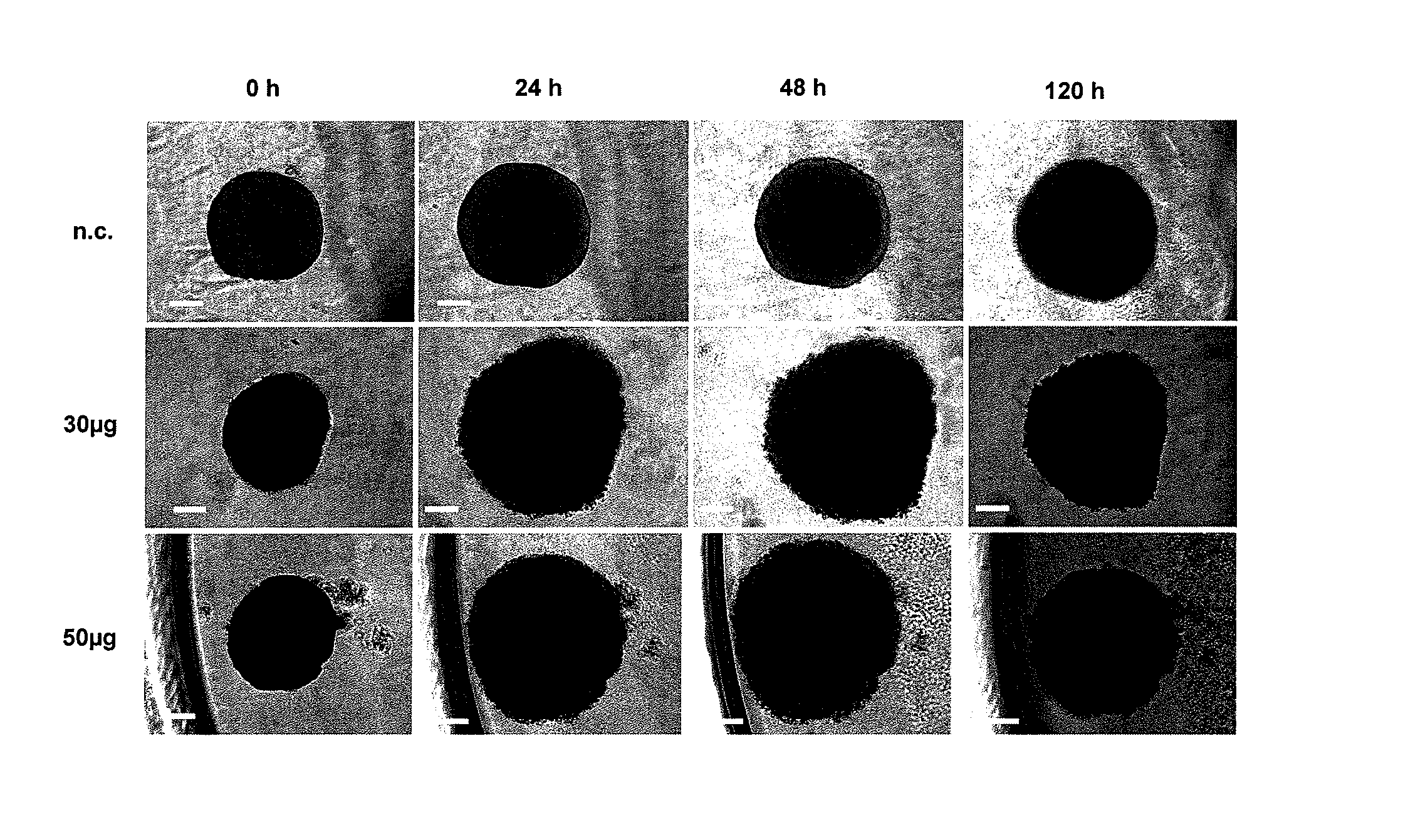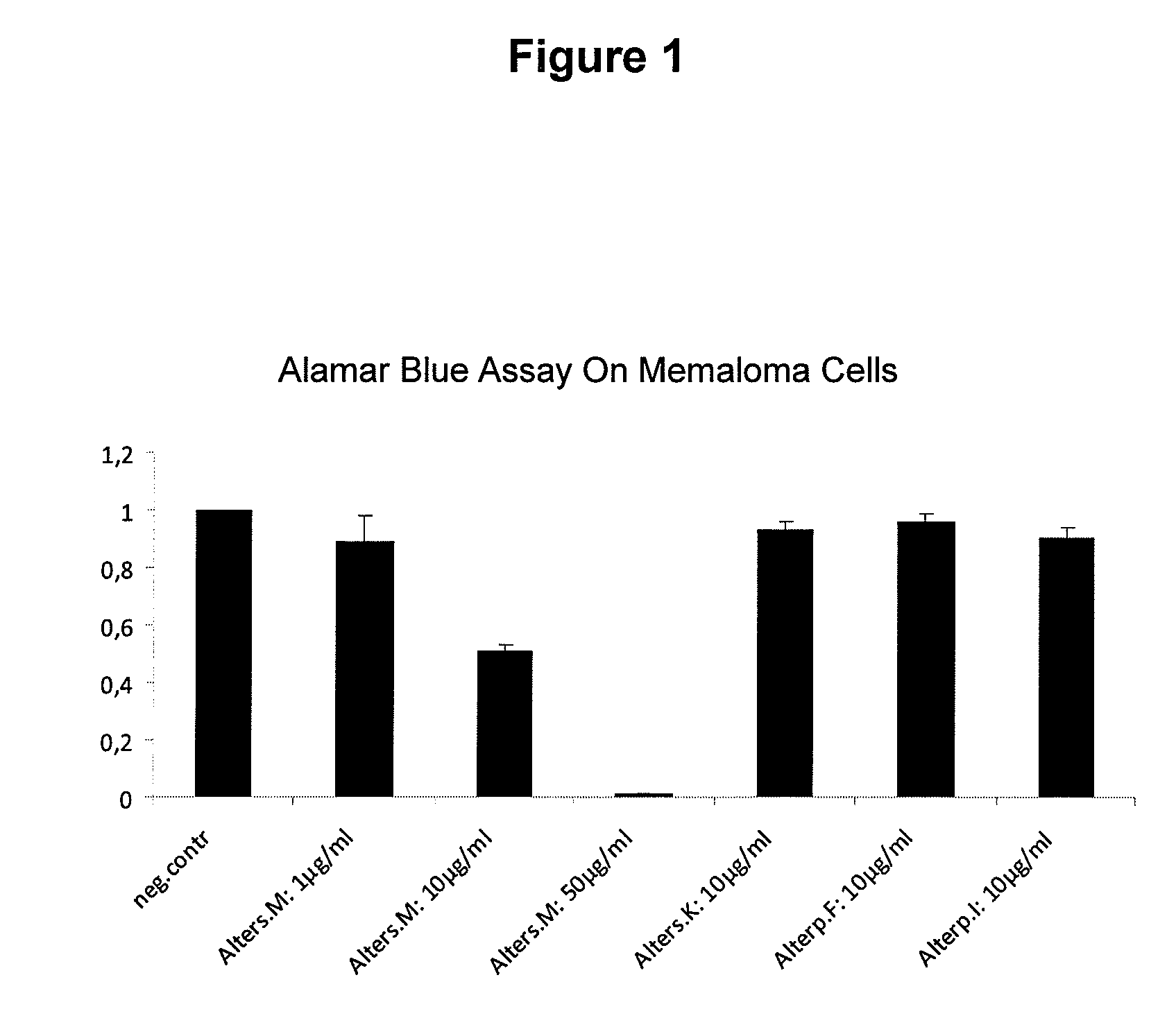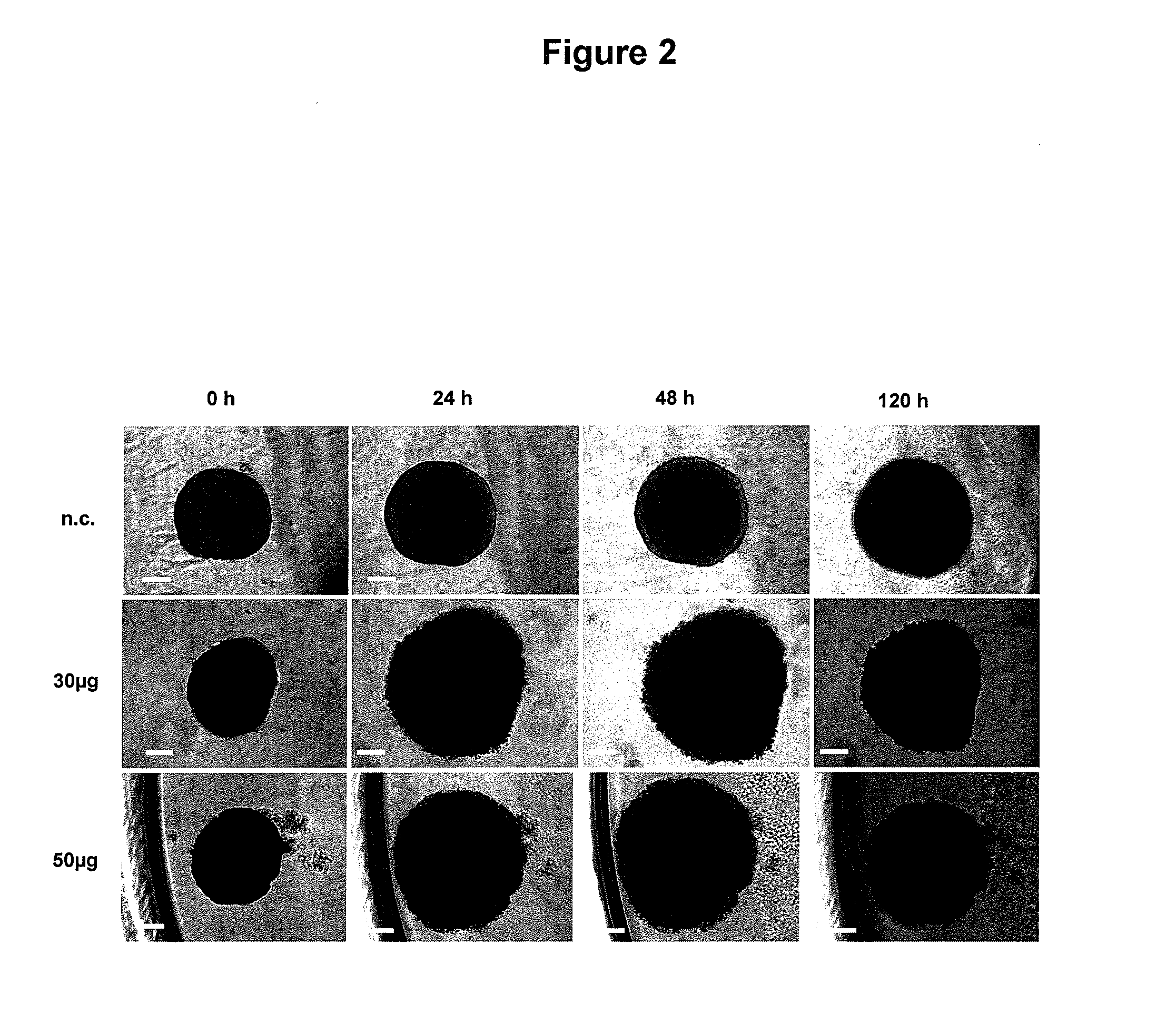New Anthraquinone Derivatives
a technology of anthraquinone and derivatives, applied in the field of new anthraquinone derivatives, can solve the problems of drug clinical ineffectiveness, society with serious problems, and prove to be a misconception
- Summary
- Abstract
- Description
- Claims
- Application Information
AI Technical Summary
Benefits of technology
Problems solved by technology
Method used
Image
Examples
Embodiment Construction
[0045]Below, the invention will be described in further detail referring to specific exemplary embodiments, which, however, are not intended to limit the invention's scope in any way.
[0046]The new compounds of the invention were obtained by cultivating Stemphylium globuliferum and subsequent extraction.
Isolating the Microorganism
[0047]Fresh, healthy stems of Mentha pulegium (pennyroyal) were used for isolating the endophytic fungus. The surface of the stems was sterilized using 70% ethanol for 1 min and then rinsed with sterile water in order to remove the alcohol. In order to distinguish any remaining epiphytic fungi from endophytic fungi, an imprint of the stem surface was obtained on organic malt extract agar. Small tissue samples from the interior were aseptically sectioned and pressed onto agar plates containing an antibiotic in order to suppress bacterial growth. The composition of the isolating medium was as follows: 15 g / 1 malt extract, 15 g / l agar, and 0.2 g / l chloroampheni...
PUM
| Property | Measurement | Unit |
|---|---|---|
| temperature | aaaaa | aaaaa |
| concentrations | aaaaa | aaaaa |
| concentrations | aaaaa | aaaaa |
Abstract
Description
Claims
Application Information
 Login to View More
Login to View More - R&D
- Intellectual Property
- Life Sciences
- Materials
- Tech Scout
- Unparalleled Data Quality
- Higher Quality Content
- 60% Fewer Hallucinations
Browse by: Latest US Patents, China's latest patents, Technical Efficacy Thesaurus, Application Domain, Technology Topic, Popular Technical Reports.
© 2025 PatSnap. All rights reserved.Legal|Privacy policy|Modern Slavery Act Transparency Statement|Sitemap|About US| Contact US: help@patsnap.com



